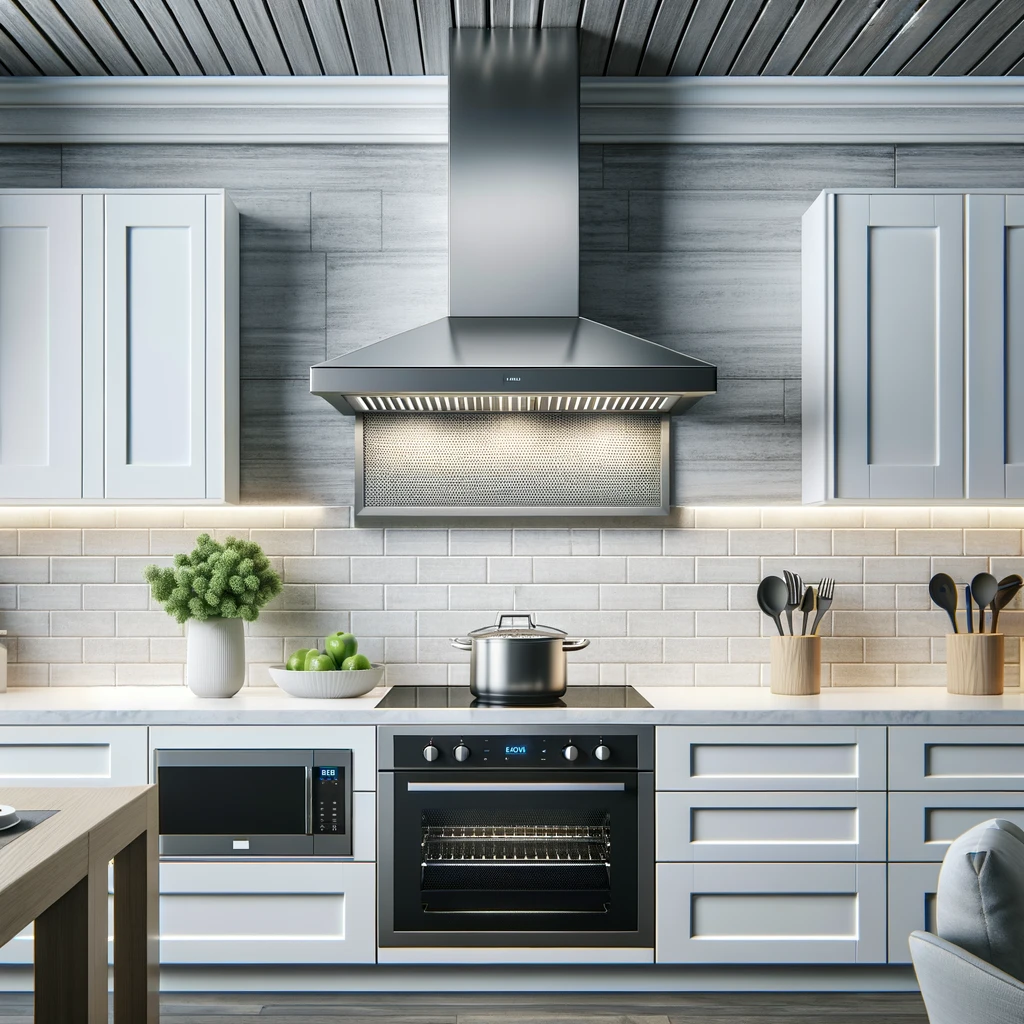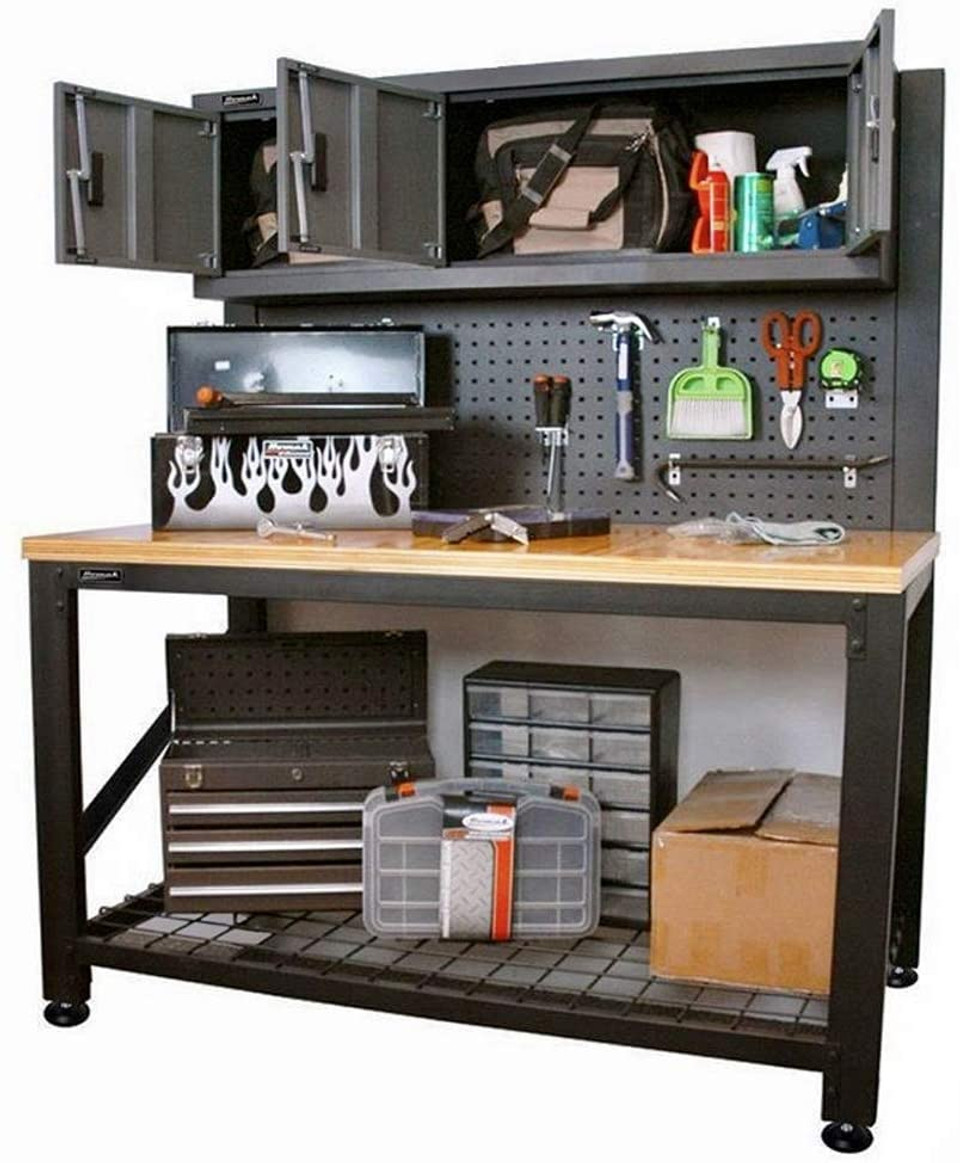What Can I Use Instead of a Kitchen Hood?
In the quest for a functional and stylish kitchen, finding alternatives to the traditional kitchen hood has become a priority for many homeowners. Whether due to space constraints, aesthetic preferences, or the need for a less costly option, there are several effective solutions to explore.
Pros and Cons of Alternative Ventilation Systems
Pros:
- Space Efficiency: Alternatives like over-the-range microwaves with integrated vents save precious space.
- Cost-Effective: Many alternatives are more affordable than traditional hoods.
- Aesthetic Versatility: Options such as downdraft systems can offer a sleeker look to modern kitchens.
Cons:
- Limited Extraction Power: Some alternatives may not be as powerful as traditional hoods.
- Installation Challenges: Certain systems may require more complex installation processes.
Recommended Tools and Products for Installation
For a successful installation, a few key tools are essential:
- Drill
- Screwdriver
- Level
- Tape measure
- Ductwork (specific to your chosen system)
While specific product recommendations depend on individual needs, over-the-range microwaves with integrated ventilation and downdraft systems are popular choices. Ensure to check product specifications and user reviews to find the best fit for your kitchen.
Comparisons: Kitchen Hood Alternatives
- Over-the-Range Microwaves: Combine cooking and ventilation in one, saving space but may offer limited venting power.
- Downdraft Systems: Ideal for island cooktops, pulling smoke and odors down. However, they can struggle with heavy smoke.
- Window Fans: An inexpensive option, good for light cooking, but not suitable for high-heat dishes.
Cost Considerations
The cost of kitchen hood alternatives can vary widely, from as low as $100 for basic window fans to over $1,000 for high-end downdraft systems. Over-the-range microwaves with venting capabilities typically range from $250 to $600. It’s crucial to consider both the initial purchase price and the installation costs, which can vary depending on the complexity of your kitchen setup.
Tips & Tricks for Choosing the Right Ventilation
- Assess Your Cooking Habits: Frequent, high-heat cooking demands a more powerful system.
- Consider Your Kitchen Layout: The right choice depends on your kitchen’s size and configuration.
- Don’t Skimp on Installation: Proper installation is key to ensuring your chosen system works effectively.
Frequently Asked Questions (FAQs)
- Q: Can window fans be used as a primary kitchen ventilation method?
- A: While feasible for light cooking, window fans are not recommended for heavy or high-heat cooking.
- Q: Are downdraft systems effective for island cooktops?
- A: Yes, they are designed specifically for such setups but may not be as effective as overhead hoods for capturing smoke and odors.
Updates and Future Considerations
The evolution of kitchen ventilation continues, with new technologies like recirculating filters and smart vent systems emerging. These future solutions promise even more flexibility and efficiency in kitchen design and use.
With these insights and recommendations, you’re well-equipped to choose the best kitchen ventilation alternative that suits your style, needs, and budget.







